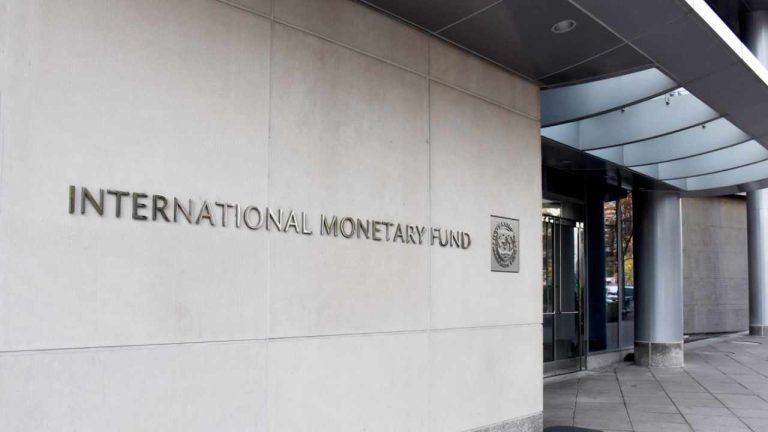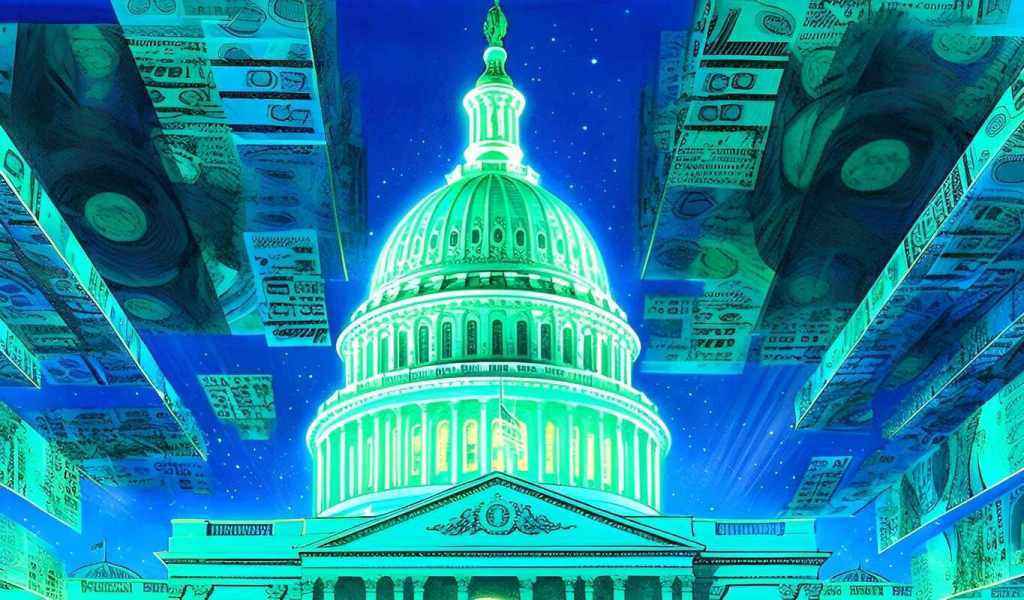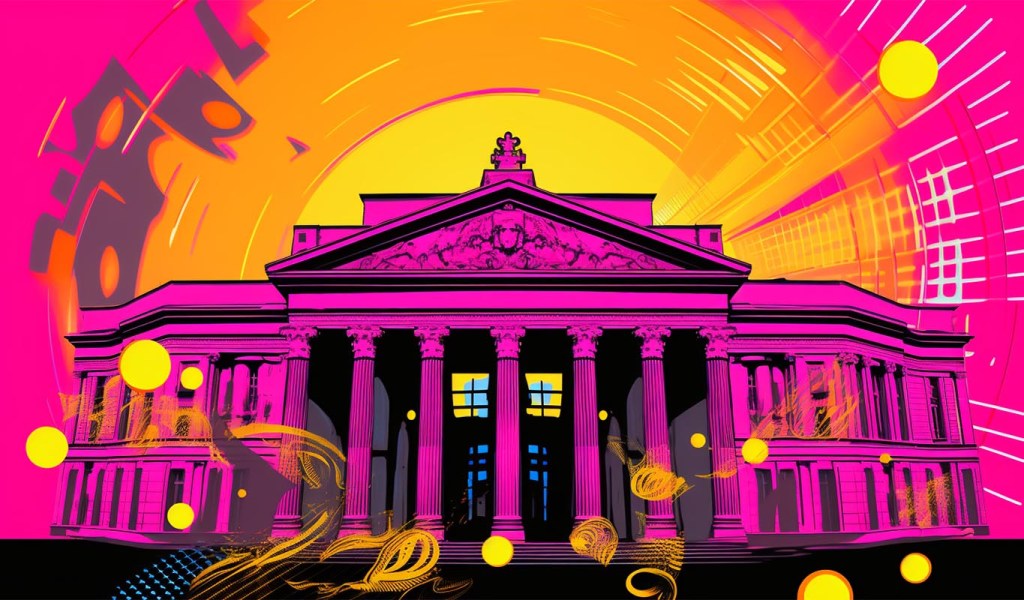
The Republican National Committee has released a new party platform that promises to support crypto and oppose the creation of a central bank digital currency (CBDC). The platform, which former president Donald Trump promoted on social media, claims Republicans will “pave the way for future economic greatness by leading the world in emerging industries.” “Republicans […]
The post Republican National Committee Party Platform Includes Plan To ‘Oppose CBDCs’ and ‘Defend Right To Mine Bitcoin’ appeared first on The Daily Hodl.
 The International Monetary Fund (IMF) says 19 countries in the Middle East and Central Asia, including Bahrain, Georgia, Saudi Arabia, and the UAE, are in the advanced “proof-of concept” stage for central bank digital currencies (CBDCs). “We support policymakers evaluating the need to issue a CBDC and help them craft strong policies and regulatory frameworks […]
The International Monetary Fund (IMF) says 19 countries in the Middle East and Central Asia, including Bahrain, Georgia, Saudi Arabia, and the UAE, are in the advanced “proof-of concept” stage for central bank digital currencies (CBDCs). “We support policymakers evaluating the need to issue a CBDC and help them craft strong policies and regulatory frameworks […]
A new survey from the Bank for International Settlements (BIS) suggests that most central banks are now exploring the possibility of issuing their own digital currencies (CBDCs). The BIS surveyed 86 different central banks, with 94% of the respondents noting that they were involved in some form of CBDC work last year. The central bank […]
The post 94% of Central Banks Are Exploring CBDCs, According to New Bank for International Settlements Survey appeared first on The Daily Hodl.
 The latest Bank for International Settlements (BIS) survey reveals that 94% of central banks are exploring central bank digital currencies (CBDCs). There has been a notable increase in wholesale CBDC experiments, especially in advanced economies. Central banks are examining various factors for retail CBDCs, including holding limits and offline functionality. 94% of Surveyed Central Banks […]
The latest Bank for International Settlements (BIS) survey reveals that 94% of central banks are exploring central bank digital currencies (CBDCs). There has been a notable increase in wholesale CBDC experiments, especially in advanced economies. Central banks are examining various factors for retail CBDCs, including holding limits and offline functionality. 94% of Surveyed Central Banks […]
The US House of Representatives just passed a bill aimed at preventing the Federal Reserve from launching a Central Bank Digital Currency (CBDC) without Congressional authorization. Republican Majority Whip Tom Emmer sponsored H.R. 5403, known as the CBDC Anti-Surveillance State Act, with the stated goal of protecting Americans’ right to privacy. “My legislation ensures that […]
The post US House Passes Bill Banning Federal Reserve From Launching Central Bank Digital Currency appeared first on The Daily Hodl.

Thomas Jordan, chairman of the Swiss National Bank (SNB), reportedly believes that the risks of a retail central bank digital currency (CBDC) outweigh the benefits. While speaking at an event in Zurich, Jordan said the SNB doesn’t think there is a need to roll out a CBDC to the public right now, Reuters reports. “Consumers […]
The post Chairman of Swiss National Bank Says No Need for CBDCs To Be Issued to Public: Report appeared first on The Daily Hodl.
 India’s central bank has announced that it will enable non-bank payment system operators to offer central bank digital currency (CBDC) wallets. Noting that “necessary changes will be made to the system to facilitate this,” the Reserve Bank of India (RBI) said the initiative is expected “to enhance access and expand choices available to users.” Non-Bank […]
India’s central bank has announced that it will enable non-bank payment system operators to offer central bank digital currency (CBDC) wallets. Noting that “necessary changes will be made to the system to facilitate this,” the Reserve Bank of India (RBI) said the initiative is expected “to enhance access and expand choices available to users.” Non-Bank […] U.S. presidential candidate Robert F. Kennedy Jr. (RFK Jr.) says bitcoin is the offramp from central banks’ “money printing machine.” Emphasizing that bitcoin is a “hard currency,” he stressed the importance of making the cryptocurrency available to the American public. “Transactional freedom is as important as freedom of speech and you only get that from […]
U.S. presidential candidate Robert F. Kennedy Jr. (RFK Jr.) says bitcoin is the offramp from central banks’ “money printing machine.” Emphasizing that bitcoin is a “hard currency,” he stressed the importance of making the cryptocurrency available to the American public. “Transactional freedom is as important as freedom of speech and you only get that from […]
Banking giant Morgan Stanley says that central bank digital currencies (CBDCs) may contribute to a shift away from the US dollar’s hegemony. In a new research note, Andrew Peel, executive director and head of digital asset markets at the bank says that CBDCs are capable of creating a new standard for cross-border payments, reducing the […]
The post Morgan Stanley Says Central Bank Digital Currencies May Drive Move Away From US Dollar appeared first on The Daily Hodl.

The Hong Kong Monetary Authority (HKMA) is entering the second phase of its e-HKD (e-Hong Kong dollar) pilot program, testing use cases for a possible central bank digital currency (CBDC). In a new report issued by the HKMA, the central bank says the first phase of the effort had 16 different firms exploring several areas […]
The post New CBDC Pilot Goes Into Second Phase in Hong Kong As Government Explores Tokenization and Programmability appeared first on The Daily Hodl.